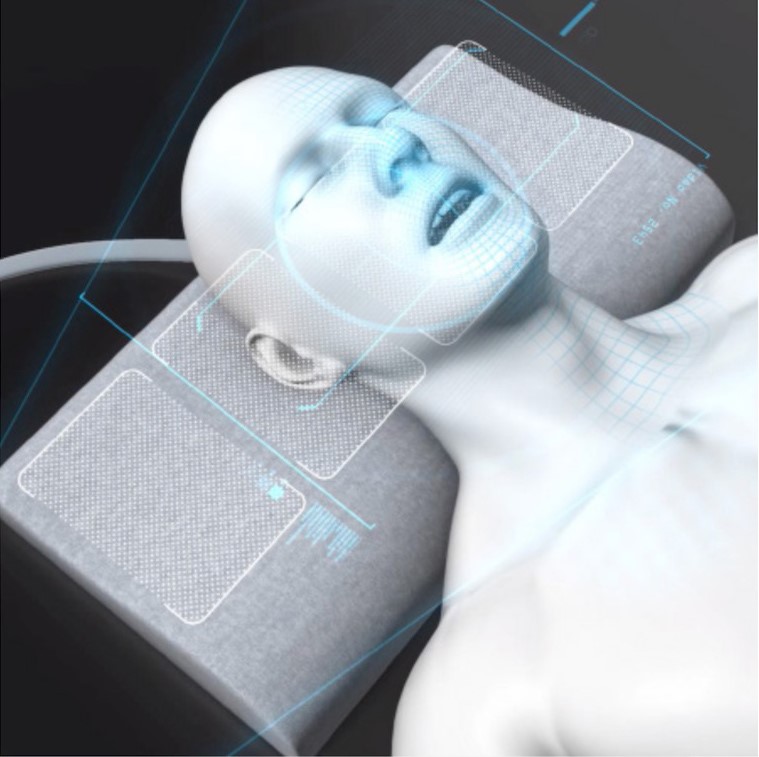
Welcome to virtual CES 2021
CES (the Consumer Electronics Show), the largest trade Show in the United States, was virtual from January 11-14, 2021 with visitors and vendors online. The exhibits remained posted until February 15, 2021. About 80,000 attendees logged into CES this year compared to the onsite attendance of 170,000 last year. They viewed almost 2000 exhibits (last year there were 4500). The top ten exhibit categories were:
- IoT and sensors
- AI (artificial intelligence)
- Smart Home
- Digital Health
- Vehicle Tech
- Wellness Tech
- Lifestyle
- Smart Cities
- Fitness
- Mobile
AI at CES 2021
A significant trend at CES 2021 was touting the use of artificial intelligence (AI) for product operations. Products that have been called “smart” are now being positioned as “powered by AI.” In the March 1, 2021 issue of the ASHB Journal I quoted the Encyclopedia Britannica definition of AI as “the ability of a digital computer or computer-controlled robot to perform tasks commonly associated with intelligent beings. The term is frequently applied to the project of developing systems endowed with the intellectual processes characteristic of humans, such as the ability to reason, discover meaning, generalize, or learn from past experience.”
AI as applied to consumer products is characterized by complex control algorithms. A true AI system uses an “AI engine” consisting of computation modules that adapt algorithms based on data from various inputs through a training process. To use these inputs the AI engine may need to analyze data from sensors, from user keyboards, and from user-spoken language. The AI engine depends on a knowledge database to use these inputs in an organized method for selecting and optimizing algorithms.
Thus, an AI-based product adapts to the operating environment. An example might be a user interface (UI) that learns about the skills of the user from how the user operates the product, and then modifies the user interface. A casual user might be offered a simple UI with few options, while a skilled user would be presented with more options without clicking the “advanced” option found on some UIs. The products I saw at CES were not nearly as sophisticated. For now AI is primarily a marketing tagline. I think that product features will evolve as control software gradually adopts characteristics of an AI engine.
I viewed about 700 exhibits online and selected products that highlight notable trends in:
- Personal care such as sleeping, bathing, and health monitoring
- Family care products for children, adults, and pets
- Food growing and preparation
- A/V products
- Astronomy
Here are examples from the first two topics. I will cover the other topics in the next issue of the ASHB Journal. Each description includes a YouTube video pointer to see the product in use.
Personal care
Motion Pillow contains 4 internal bladders that inflate one at a time to nudge the head to turn if snoring is detected. The pillow senses the position of sleeper’s head and is connected to a “Smart Solution Box” (6″x8″x3″) that detects snoring and determines which bladders to operate. The Motion Pillow costs $378. (URL: https://www.youtube.com/watch?v=n4JbALOIyYQ).
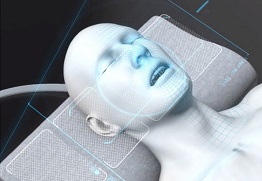
Kohler Stillness Bath is the ultimate in a home spa. Water fills the tub from the bottom and overflows into an external Hinoki wood moat – like an infinite pool. Fog is generated around and over the tub with aroma therapy. Kohler offers a Kohler Konnect app that “customizes the soaking experience.” The cost is $16,000 for a complete system. (URL: https://www.youtube.com/watch?v=KkCX2IUytJE)
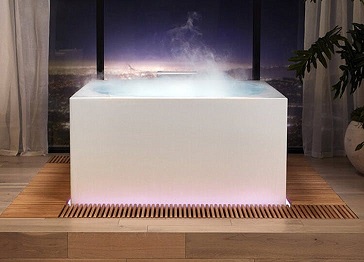
Anura by Neurologix (https://www.youtube.com/watch?v=nP5qm8MmuV8) is a free smart phone app that claims to analyze heart rate, blood pressure, and stress from a smart phone camera image. The product tag line is “Take a selfie, know your healthie!™” Neurologix makes the following claims about this app:
 “Extracted facial blood flow data is sent up to the cloud where our DeepAffex™ engine applies advanced signal processing and Deep Learning AI models to predict physiological and psychological affects.”
“Extracted facial blood flow data is sent up to the cloud where our DeepAffex™ engine applies advanced signal processing and Deep Learning AI models to predict physiological and psychological affects.”- “We combine neuroscience, psychology, physiology and Deep Learning to produce an Affective AI engine that we call DeepAffex. It is the intersection between Affective Computing and Artificial Intelligence.”
- “Transdermal Optical Imaging (TOI™) uses a conventional video camera to extract facial blood flow information from the face.”
- “Human skin is translucent. Light and its respective wavelengths are reflected at different layers below the skin and can be used to reveal blood flow information in the human face. This information is captured by and contained in conventional video images. TOI™ extracts this information and sends it securely up to the cloud to be processed by DeepAffex™, our cloud-based Affective AI engine.”
The company also cautions: “ANURA™ IS NOT FOR MEDICAL PURPOSES.”
Family care
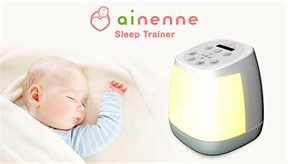 Ainenne sells an AI-powered sleep trainer for infants. To train the software the company analyzed 150,000 baby cries from 150 countries. The AI software is intended to establish the optimal circadian rhythm for an infant. A bedside lamp helps the infant to sleep. “It provides your baby with a comfortable sleep rhythm based on big data about childcare.” The cost is $400. (URL: https://www.youtube.com/watch?v=v6qYZeLYRWA).
Ainenne sells an AI-powered sleep trainer for infants. To train the software the company analyzed 150,000 baby cries from 150 countries. The AI software is intended to establish the optimal circadian rhythm for an infant. A bedside lamp helps the infant to sleep. “It provides your baby with a comfortable sleep rhythm based on big data about childcare.” The cost is $400. (URL: https://www.youtube.com/watch?v=v6qYZeLYRWA).
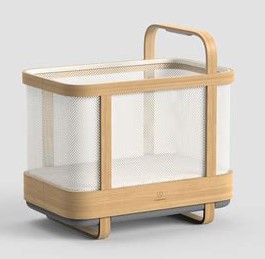
Cradlewise is a crib that gently bounces a baby when the baby is sensed waking. It mimics the bounce of a parent. The equipment costing $2000 includes a web cam that tracks sleep and reports to an app. (URL: https://www.youtube.com/watch?v=9_-Yx4tPqP0)
Nobi Smart Lamp monitors the activities of an infirm person. It looks like an overhead hanging lamp that provides safety lighting and includes sensors to detect a fall. Included in the fixture are additional sensors that measure CO2 levels for alertness, detect intrusion and fire, and determine activity. The lack of activities such as using the bathroom or kitchen and excess sleep time can infer dehydration. The cost is $2500 for the equipment plus $20 per month for the service. The Nobi Smart Lamp is intended for personal use and in residential care homes. (URL: https://www.youtube.com/watch?v=_lapF6eiWzo)
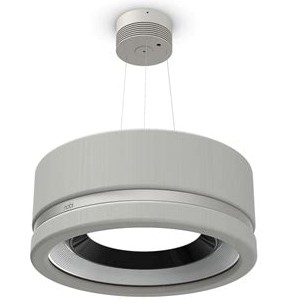
CUTII Robot is a companion care robot for assisted living residents. It is a standing robot that weighs 40 pounds with an adjustable height between four and five feet. An attached 13” video screen provides entertainment, video phone calls, and medical tele-consultations. The robot rolls to the resident autonomously and acts as a social companion. At night it monitors the resident for falls and provides SOS functions. The robot costs $100 per month. (URL: https://www.youtube.com/watch?v=rupJux9O6OU)
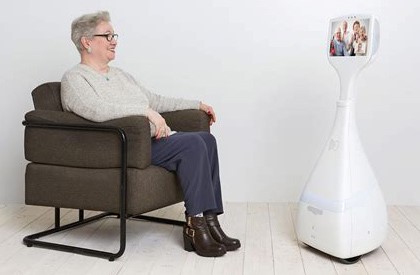
Pet care
MOFLIN is “An AI Pet Robot with Emotional Capabilities.” (URL: https://www.youtube.com/watch?v=hBFi81VmE8Y). It makes sounds while sleeping to “soothe your soul” like a living animal. It can appear to be stressed, excited, happy, anxious, secure, sad, lethargic, and calm. The manufacturer offered the following description of this $400 artificial pet:

MOFLIN is an AI Pet created from a totally new concept. It possesses emotional capabilities that evolve like living animals. With its warm soft fur, cute sounds, and adorable movement, you’d want to love it forever. We took a nature inspired approach and developed a unique algorithm that allows MOFLIN to learn and grow by constantly using its interactions to determine patterns and evaluate its surroundings from its sensors. MOFLIN will choose from an infinite number of mobile and sound pattern combinations to respond and express its feelings. To put it in simple terms, it’s like you’re interacting with a living pet.
A cute AI pet with emotions is not only targeted for specific age groups such as children and adults, but also for everyday scenarios where one needs comfort and healing from a loving pet. The initial concept model does not have features such as updating software online, but with the success of this Kickstarter campaign, we plan on making further developments so that it can eventually provide numerous types of services and functions that will help people in their everyday lives.
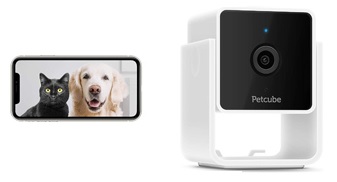
Petcube Cam tracks pet activities when a human is away. As the manufacturer explained, “Powered by cutting-edge, AI-technology, Petcube Cam is your pet’s all-in-one smartphone and nanny.” It includes an indoor camera with night vision for tracking pets, two-way voice communications with the pet, and an app to consult a vet and other pet owners. The cost is $50. (URL: https://www.youtube.com/watch?v=mxZGIAM_EH4).
More CES 2021
Please look for CES 2021: From Smart to Intelligent, Part 2 in a forthcoming issue of the ASHB Journal. I will continue my virtual tour of CES with food and audio/video products. I’ll also preview plans for CES 2022 in the expanded Las Vegas Convention Center.
© Copyright 2021 Kenneth P. Wacks
Dr. Kenneth Wacks has been a pioneer in establishing the home systems industry. He delivers clear and practical advice to manufacturers and utilities worldwide on business opportunities, network alternatives, and product developments in IoT and AI for home and building systems. The United States Department of Energy appointed him to the GridWise® Architecture Council to guide the electric industry toward smart grids. For further information, please contact Ken at +1 781 662-6211; [email protected]; www.kenwacks.com.

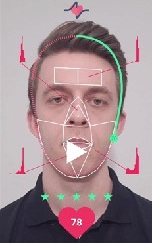 “Extracted facial blood flow data is sent up to the cloud where our DeepAffex™ engine applies advanced signal processing and Deep Learning AI models to predict physiological and psychological affects.”
“Extracted facial blood flow data is sent up to the cloud where our DeepAffex™ engine applies advanced signal processing and Deep Learning AI models to predict physiological and psychological affects.”